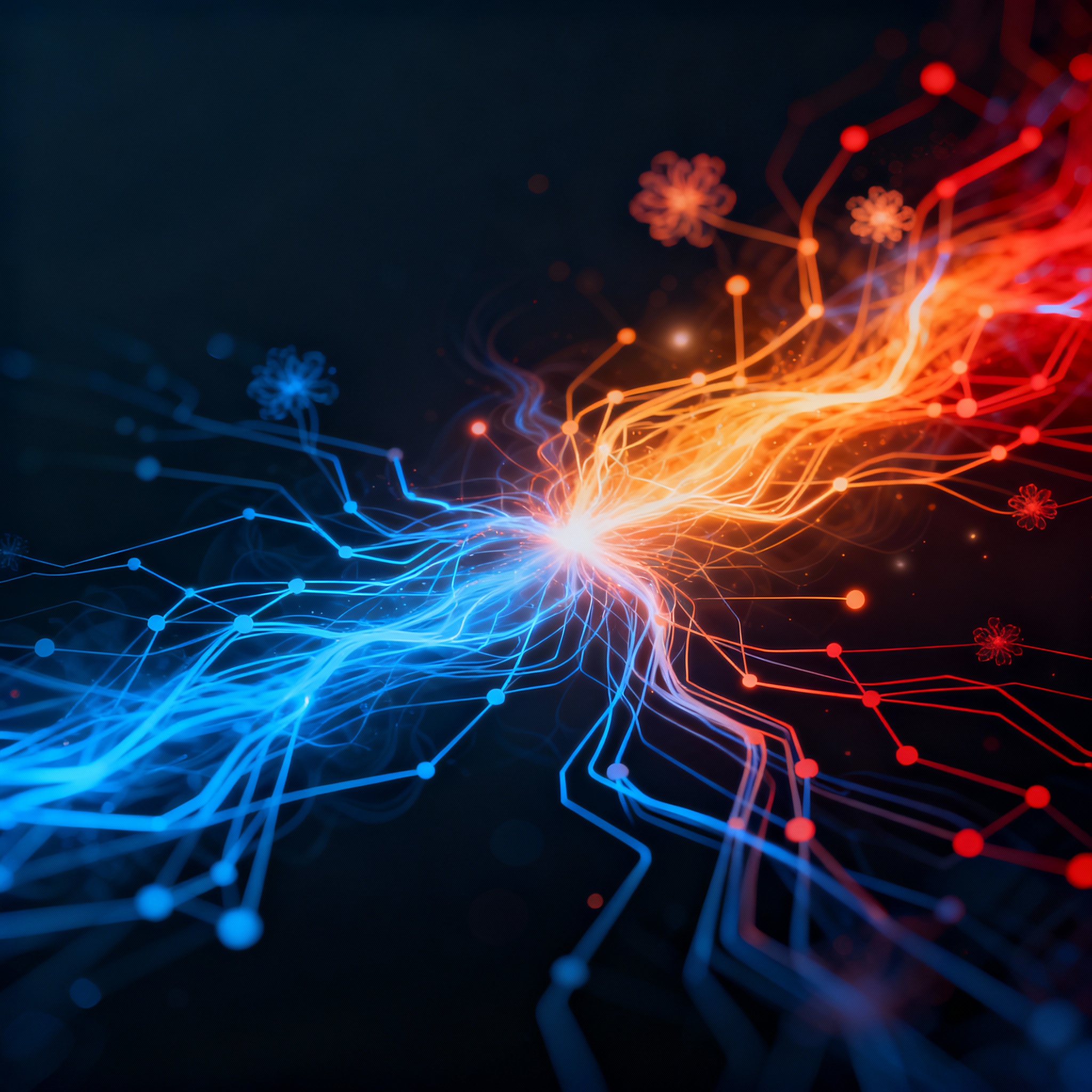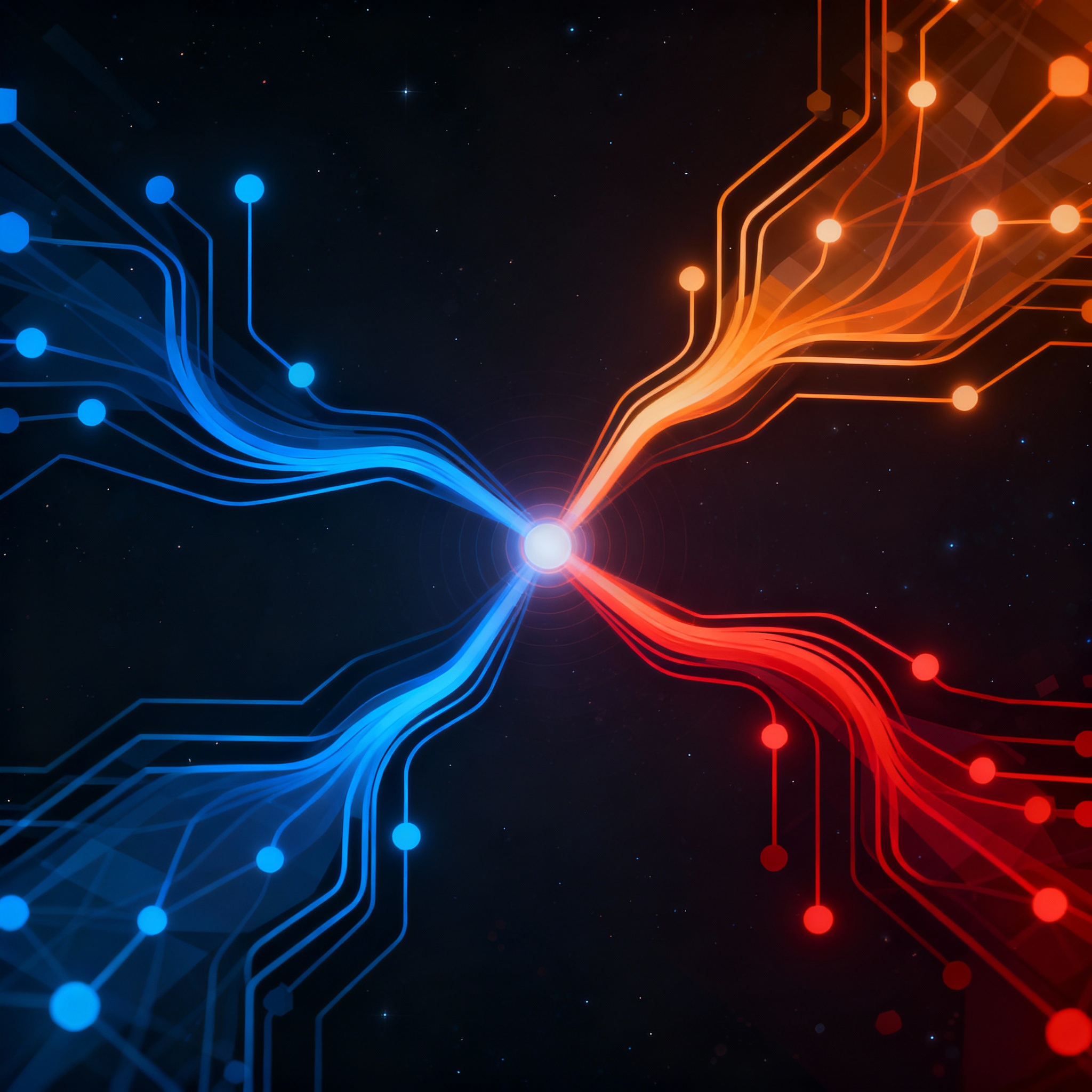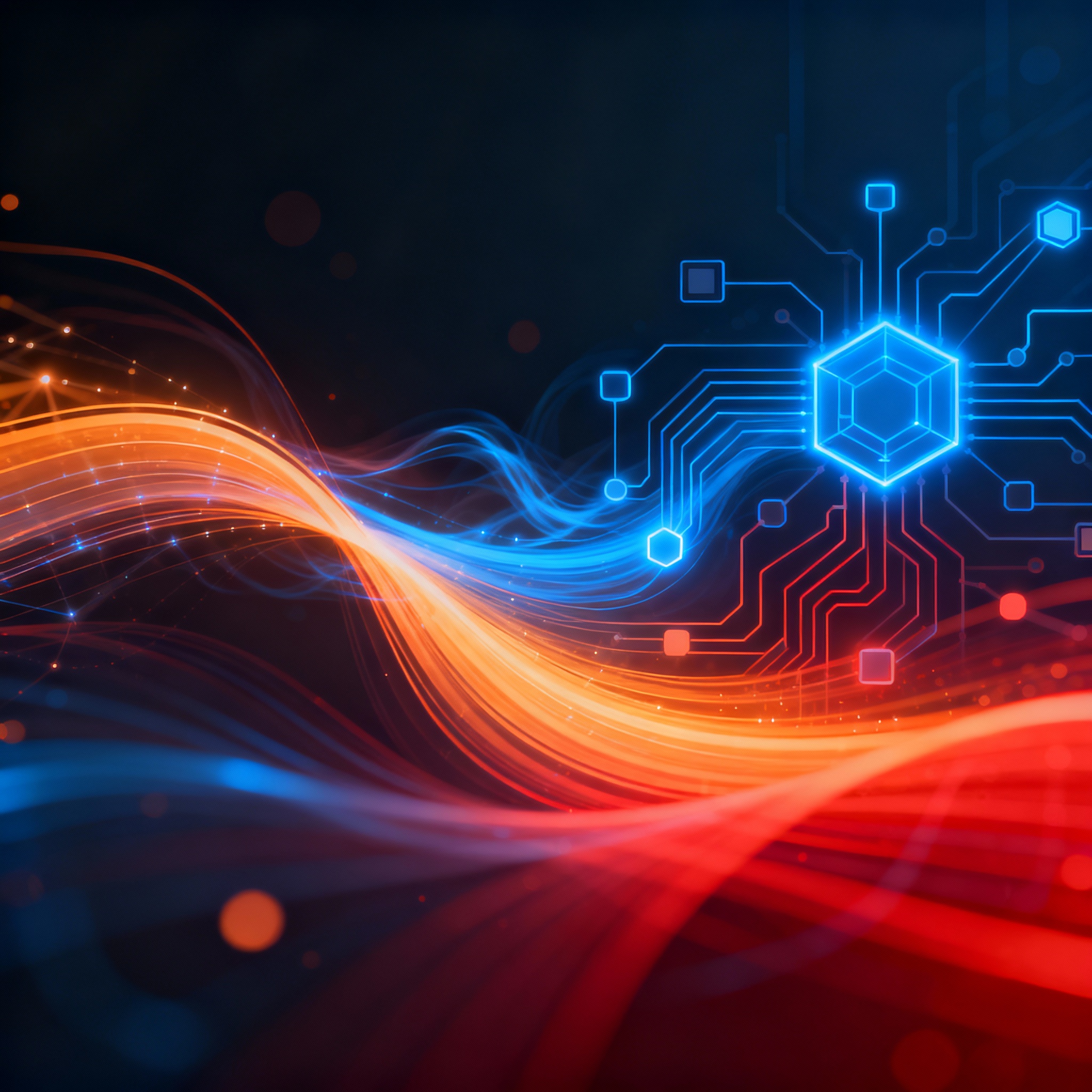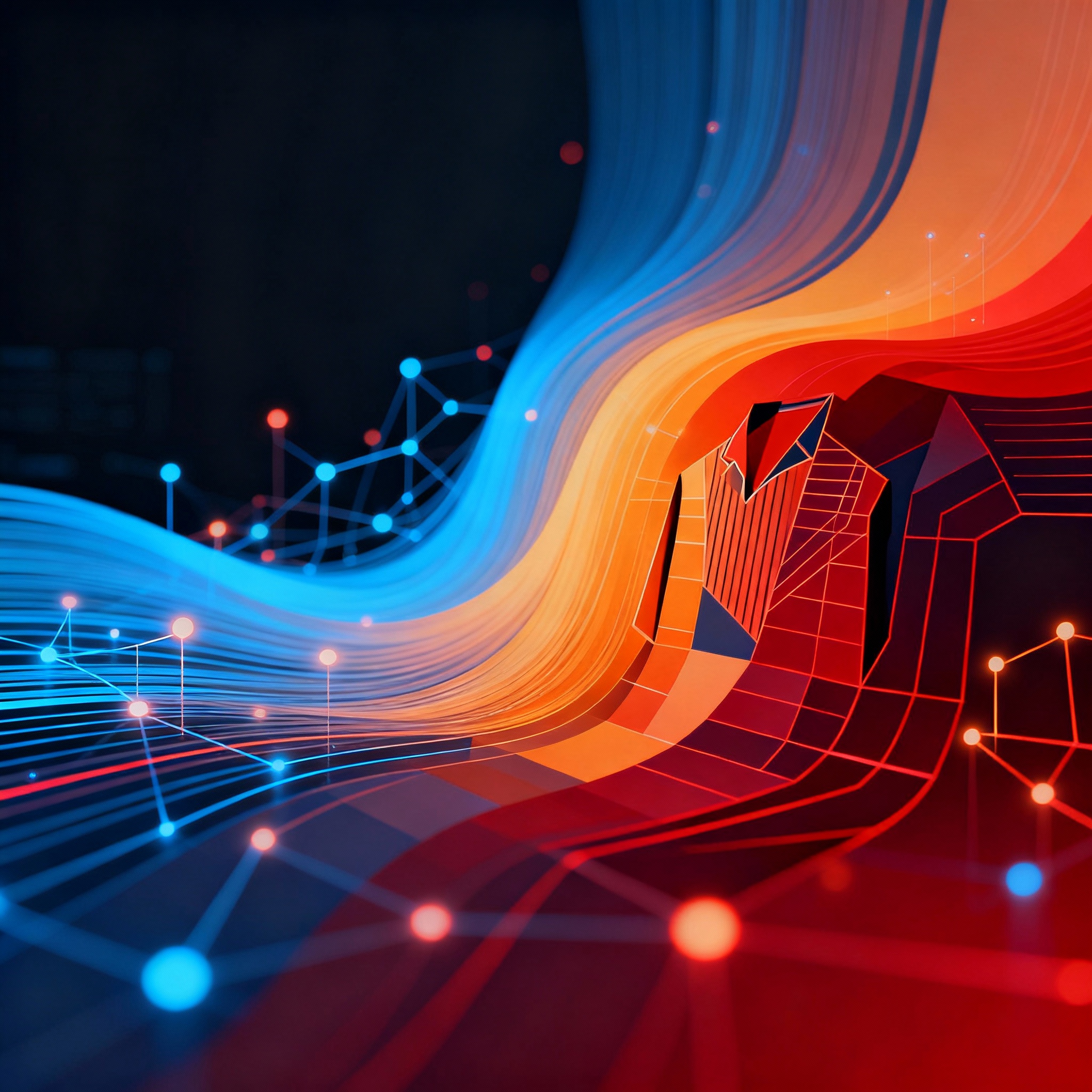
Mastering Internal Knowledge: How RAG Powers Enterprise Documentation Search
Mastering Internal Knowledge: How RAG Powers Enterprise Documentation Search
In the fast-paced world of enterprise operations, employees often spend hours hunting through internal wikis, policy manuals, and project archives to find the right information. What if there was a way to make this process instantaneous and intelligent? Enter Retrieval-Augmented Generation (RAG), a powerful AI technique that's reshaping how businesses handle their internal knowledge bases. By blending advanced retrieval mechanisms with generative AI, RAG doesn't just search—it understands and synthesizes information to provide tailored answers.
As a technical blog writer for ChatRAG, I've seen firsthand how this technology can transform chatbot-agent systems into indispensable tools for SaaS businesses. In this post, we'll explore RAG's role in enterprise internal documentation search, from core concepts to implementation strategies, drawing on recent research and practical examples. Whether you're a developer building AI solutions or a business leader seeking efficiency gains, you'll find actionable insights here.
Understanding RAG: The Basics and Beyond
At its heart, RAG is an AI framework that augments large language models (LLMs) with external knowledge retrieval. Unlike traditional LLMs that rely solely on pre-trained data, RAG fetches relevant documents in real-time and feeds them into the generation process. This hybrid approach ensures responses are not only accurate but also grounded in the latest enterprise data.
For internal documentation search, RAG shines by addressing common pain points like outdated information or irrelevant results. Imagine an HR team querying policies on remote work: RAG retrieves the most current guidelines from your company's knowledge base and generates a concise summary, complete with references.
Recent studies highlight RAG's evolution. For instance, a comprehensive survey on RAG architectures outlines how enhancements in retrieval and generation components improve robustness, making it ideal for enterprise-scale applications. This survey emphasizes modular designs that allow for easy integration with existing databases, a key factor for businesses dealing with siloed information.
Why Enterprises Need RAG for Documentation Search
Enterprises generate terabytes of internal data annually—think emails, reports, and SOPs. Traditional search tools like keyword-based engines often fall short, leading to frustration and lost productivity. RAG steps in by providing semantic search capabilities, understanding context and intent rather than just matching words.
Key benefits include:
- Accuracy and Relevance: RAG reduces hallucinations (AI-generated falsehoods) by grounding responses in retrieved documents.
- Scalability: It handles massive datasets without retraining models, perfect for growing organizations.
- Security: By keeping data retrieval internal, it minimizes exposure risks compared to cloud-based LLMs.
- Efficiency: Employees get answers faster, boosting overall workflow.
A practical example: In a manufacturing firm, engineers might ask, "What's the latest protocol for equipment maintenance?" RAG could pull from engineering docs, cross-reference with safety guidelines, and generate a step-by-step response. Tools like ChatRAG, our Next.js boilerplate, make it straightforward to deploy such systems, enabling SaaS entrepreneurs to launch customized chatbot agents quickly.
But is RAG the end-all? Not quite—an insightful article on the rise of context engineering argues that while RAG is foundational, emerging semantic layers and agentic AI could push boundaries further. Still, for documentation search, RAG remains a robust starting point.
Building a RAG System: Step-by-Step Architecture
Implementing RAG for enterprise documentation isn't as daunting as it sounds. Let's break it down into actionable steps, inspired by proven guides on enterprise RAG architecture.
Step 1: Data Preparation
Start by indexing your internal documents. Use vector databases like Pinecone or FAISS to convert text into embeddings—numerical representations that capture semantic meaning. For example, chunk large PDFs into smaller segments (e.g., 500-word pieces) to improve retrieval precision.
Step 2: Retrieval Mechanism
The retriever is the gatekeeper. Employ dense retrieval techniques, such as those powered by models like Sentence-BERT, to find top-k relevant chunks based on query similarity. Advanced setups incorporate hybrid retrieval, combining keyword and semantic search for better results.
Research on CoRAG's cooperative retriever architecture shows how multiple retrievers working in tandem can enhance hybrid RAG systems, reducing errors in complex queries. This is particularly useful for enterprises with diverse document types, from technical specs to legal contracts.
Step 3: Augmentation and Generation
Once retrieved, augment the LLM prompt with these chunks. Use models like GPT-4 or open-source alternatives like Llama 2. The generator then crafts a response, citing sources for transparency.
For optimization, consider advanced RAG techniques that integrate knowledge graphs. These graphs map relationships between documents, enabling more nuanced searches—like linking a policy update to related training materials.
Step 4: Integration and Testing
Integrate with your enterprise tools (e.g., via APIs to SharePoint or Confluence). Rigorous QA is crucial: strategies for implementing RAG in enterprise knowledge bases recommend automated testing pipelines to evaluate retrieval accuracy and response coherence. Test with real user queries to simulate production environments.
A real-world example: A financial services company implemented RAG to search compliance documents. By indexing regulations and internal memos, they reduced query resolution time from minutes to seconds, with accuracy rates soaring above 90%.
If you're building this as a SaaS product, ChatRAG provides a ready-to-use Next.js foundation, complete with authentication and scalable deployment options, so you can focus on customizing the RAG pipeline.
Advanced Techniques: Taking RAG to the Next Level
To supercharge your system, explore innovations like GraphRAG. This approach uses graph structures to model document interconnections, improving retrieval for interconnected knowledge. Research on Retrieval-Augmented Generation with Graphs demonstrates how GraphRAG outperforms standard methods in handling complex, multi-hop queries—think tracing a supply chain issue across multiple reports.
Another frontier is end-to-end optimization. Techniques from OpenRAG's in-context retrieval learning fine-tune the entire pipeline, adapting retrievers to specific enterprise domains without massive computational overhead.
Challenges do arise: Handling noisy data or ensuring real-time updates. Mitigate these by implementing reranking algorithms to refine retrieved results or using incremental indexing for dynamic document sets.
Overcoming Common Hurdles in Enterprise RAG
No system is perfect. Data privacy is paramount—ensure your RAG setup complies with GDPR or HIPAA by keeping retrieval on-premises. Cost management is another: Optimize by caching frequent queries or using efficient embedding models.
From a robustness perspective, the survey on RAG enhancements (revisiting this key resource) discusses frontiers like adversarial robustness, helping systems withstand noisy inputs common in enterprise environments.
In practice, start small: Pilot RAG on a single department's docs, measure metrics like recall and precision, then scale. Tools like ChatRAG facilitate this iteration, offering modular components for rapid prototyping.
Conclusion: Key Takeaways for Enterprise Success
Retrieval-Augmented Generation is more than a buzzword—it's a practical solution for unlocking the value in your enterprise's internal documentation. By implementing RAG, businesses can foster a culture of quick, informed decision-making, ultimately driving innovation and efficiency.
Key takeaways:
- Start with Fundamentals: Build a solid retrieval and generation pipeline tailored to your data.
- Leverage Advancements: Incorporate graphs and hybrid methods for superior performance, as seen in GraphRAG studies.
- Test Thoroughly: Use QA strategies to ensure reliability in real-world use.
- Scale Smartly: Platforms like ChatRAG can accelerate development, helping you launch AI-driven search tools efficiently.
- Look Ahead: While RAG is powerful, keep an eye on evolutions like semantic layers for even more agentic capabilities.
Embracing RAG today positions your enterprise for tomorrow's AI landscape. Dive in, experiment, and watch your internal knowledge transform from a burden to a superpower.
Ready to build your AI chatbot SaaS?
ChatRAG provides the complete Next.js boilerplate to launch your chatbot-agent business in hours, not months.
Get ChatRAGRelated Articles

Streamlining Scholarly Scrutiny: RAG's Impact on Manuscript Review in Publishing
In the fast-paced world of academic publishing, reviewing manuscripts can be a daunting task fraught with information overload. Retrieval-Augmented Generation (RAG) emerges as a game-changer, combining AI's generative power with targeted data retrieval to enhance accuracy and efficiency. This post delves into how RAG streamlines the review process, from literature verification to constructive feedback.

Streamlining Patient Records: The Power of RAG in Modern Healthcare Management
In the fast-paced world of healthcare, managing patient records efficiently is crucial for quality care. Retrieval-Augmented Generation (RAG) combines large language models with real-time data retrieval to provide contextually accurate information. This post delves into how RAG can transform record management, backed by recent research and practical examples.

Decoding Fashion's Future: RAG's Edge in Trend Analysis and Smart Recommendations
In the fast-paced world of fashion, staying ahead of trends is crucial. Retrieval-Augmented Generation (RAG) is emerging as a game-changer, enabling AI systems to analyze vast datasets for precise forecasts and tailored suggestions. This post explores practical applications, from viral trend detection to personalized styling, and how tools like ChatRAG can streamline implementation.